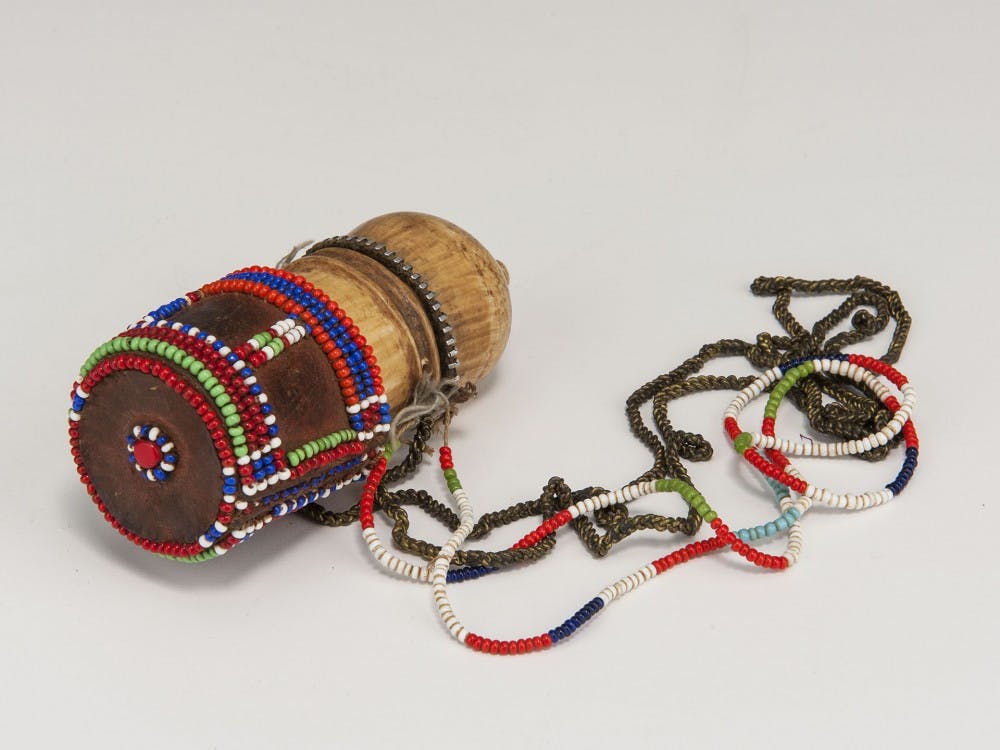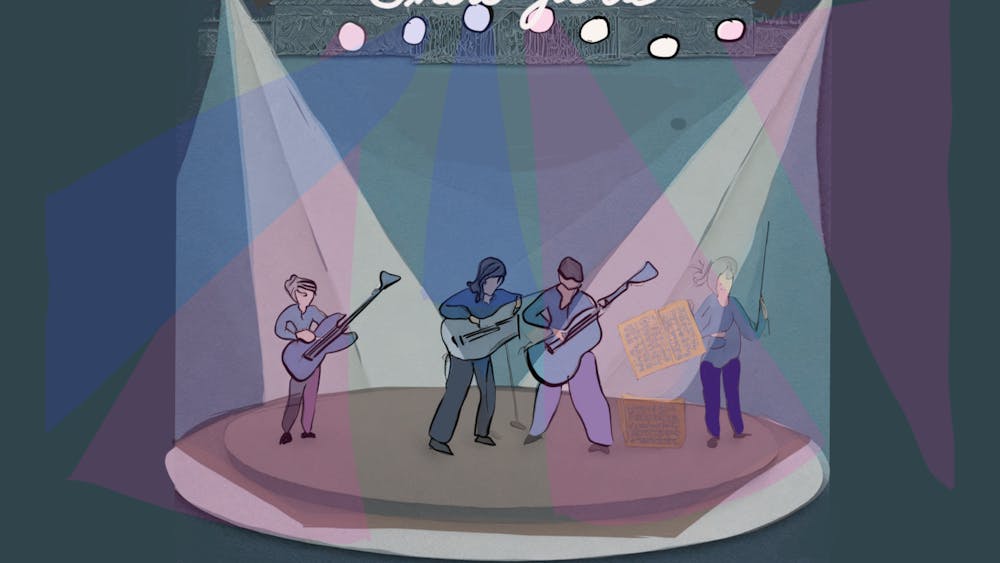“This acquisition makes the IU Art Museum one of the places to go to see Kenyan Art in the United States of America,” Pelrine said.
Ernie Wolfe III acquired these pieces in Kenya during the 1970s. They were originally brought to Los Angeles and shown in the National Museum of African Art in 1979. As Wolfe considered a permanent home for the collection, his long friendship with Roy Sieber, who taught African art history at IU from 1962 to 2001, made Wolfe think of the IU Art Museum, according to Pelrine.
Near the end of 2014, Wolfe called Pelrine and asked if IU had any interest in acquiring the objects. Pelrine said she took advantage of the opportunity to strengthen the collection of African Art within the IU Art Museum.
“We had around half a dozen pieces of art from Kenya before this acquisition,” Pelrine said. “We now have an outstanding collection of African Art.”
The objects acquired from Kenya were made in the first half of the 20th century and were found throughout Kenya, according to Pelrine.
“These objects were found all over Kenya and are very strong in the arts of the pastoral people,” Pelrine said.
The collection consists of stools, headrests, containers, walking sticks and other various items. The majority of these objects are made from wood with a smooth and glossy texture due to the touch of human hands over the years, Pelrine said.
“Majority of museums show African masks and decorations, this acquisition of common tools used in Kenya gives us a unique perspective of their lifestyle,” Pelrine said.
Most of the objects acquired are no longer being made and very few people use them anymore, Pelrine said.
“People from Kenya came in to look at the pieces of art, and the adults could only remember these objects from their childhood,” Pelrine said.
Pelrine and her team are working toward creating a website containing information about the objects, she said.
“Some Kenyan people have only seen these objects in their childhood. We hope the website will provide them access to these items that are no longer made,” Pelrine said.
A special exhibition will be on the first floor of the IU Art Museum in March 2016. It will display the entire collection of Kenyan art the museum acquired. After the exhibition, the objects will be rotated through the third floor display, Pelrine said.
Pelrine said this acquisition is a highlight for the museum.
“It goes beyond IU,” Pelrine said. “It helps Kenyans see their history.”
This story has been updated to correct grammatical errors.






